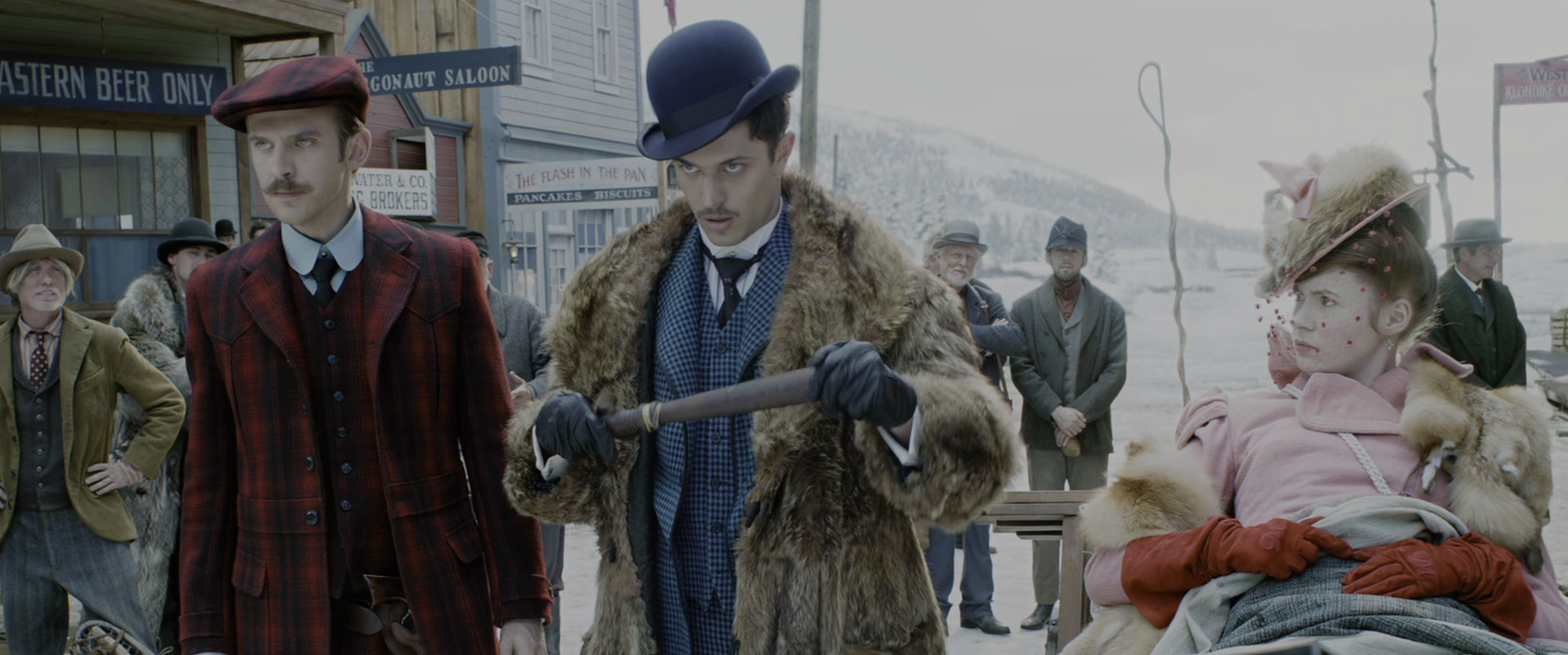
Hamilton Wright Mable says truly: ‘The story has a deep psychologic interest, and may be read as a striking parable but it is, above all, an absorbing tale of wild life, full of pictorial power and abounding in striking incidents of frontier town, camp and adventure. The change from gentleman to savage is effected gradually and traced with absorbing interest. While the story goes on to follow the main protagonist, a dog named Buck, it demonstrates thoroughly the historical properties of the time. Throughout the novel, Buck proves that he is fit and can endure the law of the club, the law of the fang, and the laws of nature.

More importantly, it is a naturalistic tale about the survival of the fittest in nature. It is often considered to be his masterpiece and is the most widely read of all his publications. The Call of the Wild, on the surface, is a story about Buck, a four- year old dog that is part Shepherd and part St. As time goes on he hearkens more and more to the ‘Call of the Wild’ until, at last, after years fraught with incident and adventure, he yields himself to the mastery of primitive instincts-to the wild, both without and within himself-and reverts to savagery in the great wilderness of the North. Call of the Wild is a story about a dog forcibly taken from his home and forced to adapt to his situation during the height of the Klondike Gold Rush in the Alaska Yukon region. The Call of the Wild, novel by Jack London, published serially by The Saturday Evening Post in 1903 and then as a single-volume book by Macmillan & Co.

Stolen and taken into the Yukon country, his character changed and he became hard under the hard conditions of life, a leader and master among dogs, turning back toward savage instincts. “During the four years of his puppyhood in California, Buck had lived the life of a country gentleman, fond of activity, of the water and the hunt, but ignorant of hardship and toil.


 0 kommentar(er)
0 kommentar(er)
